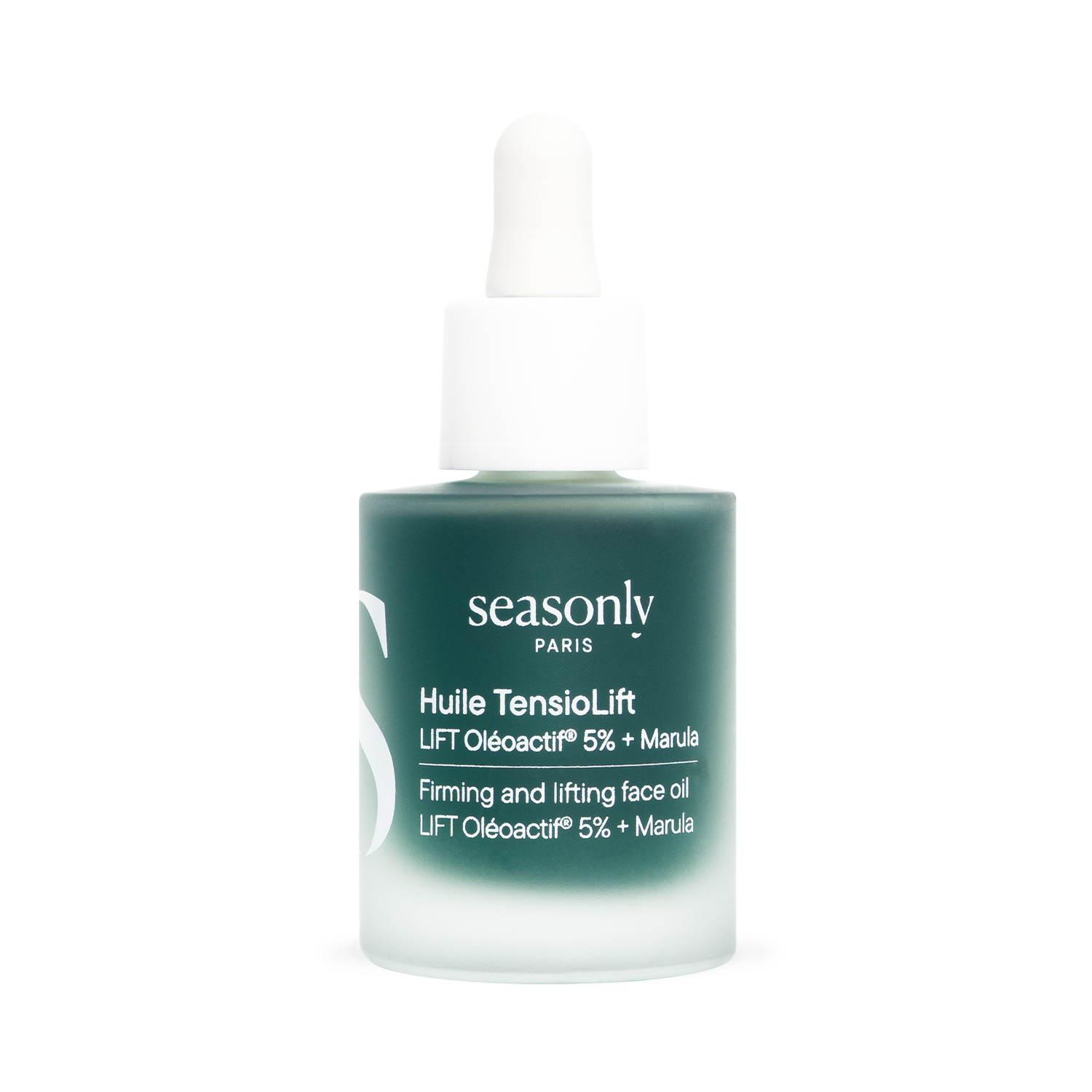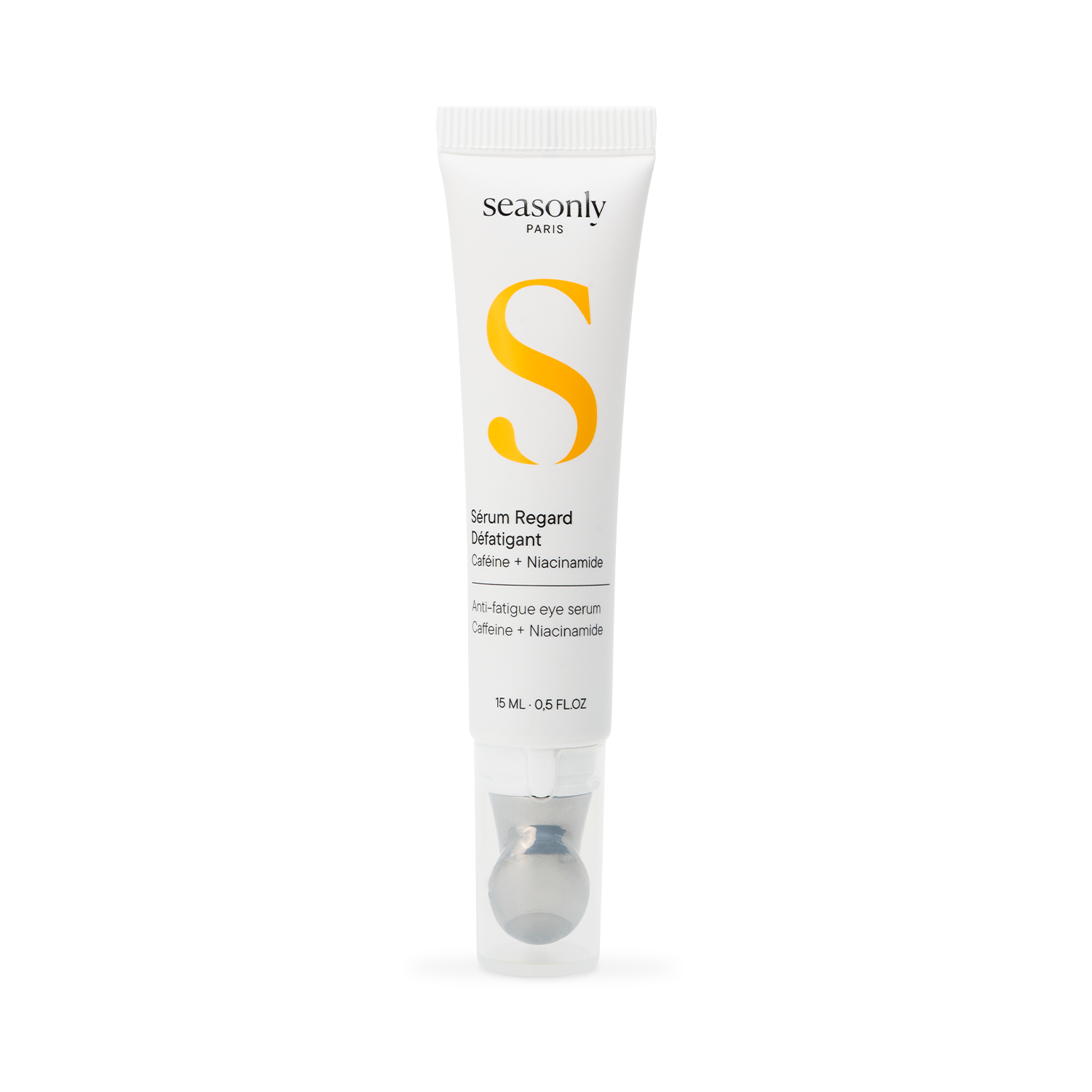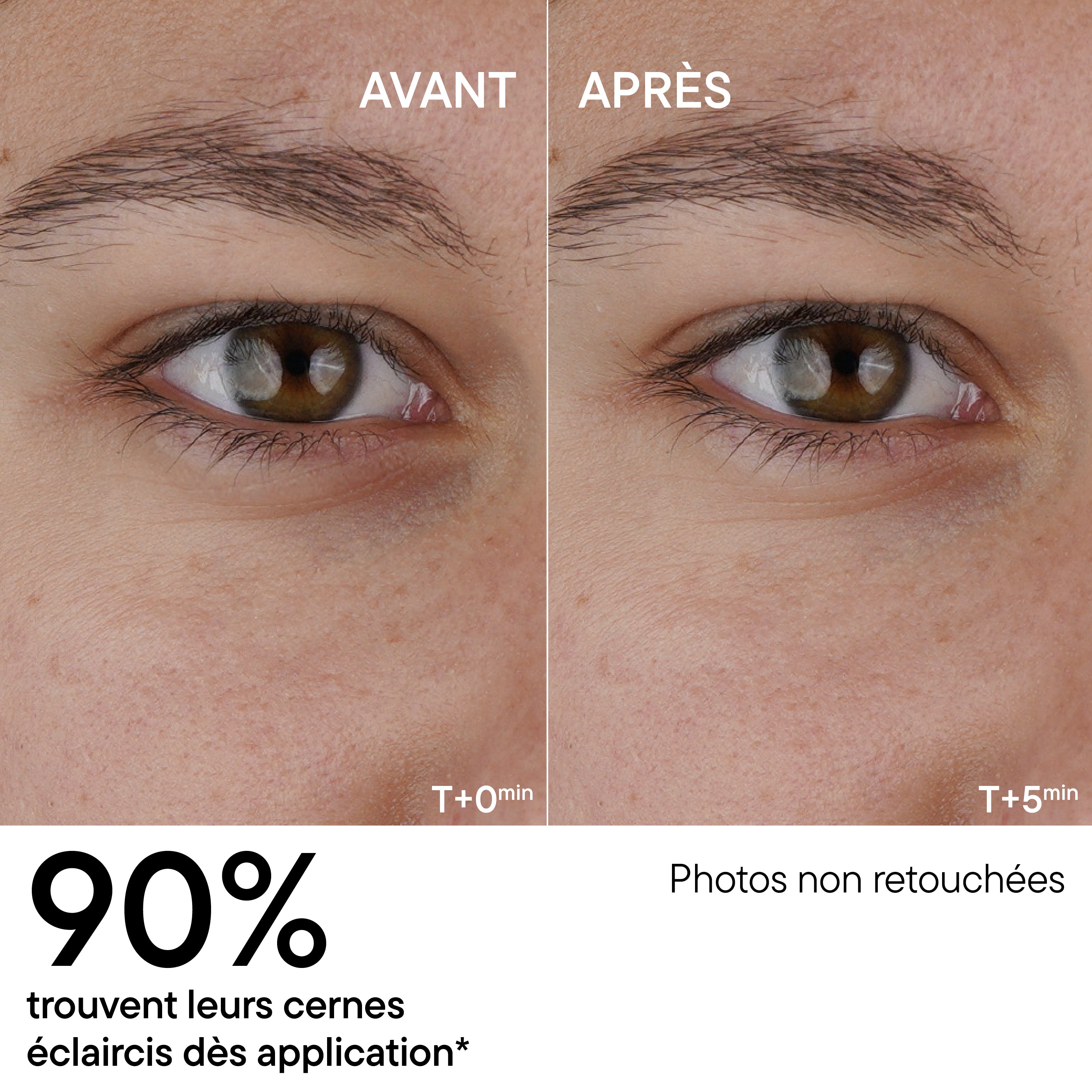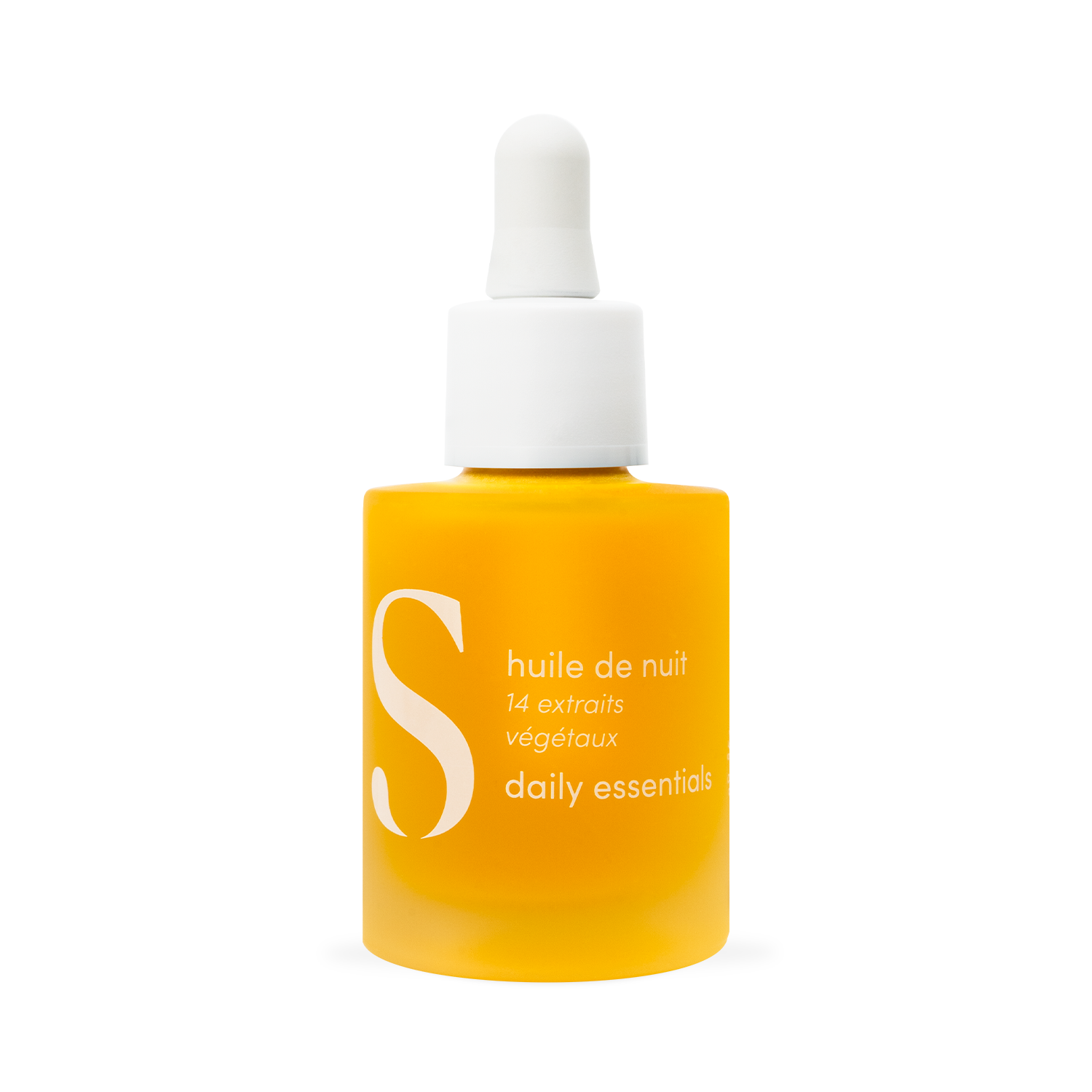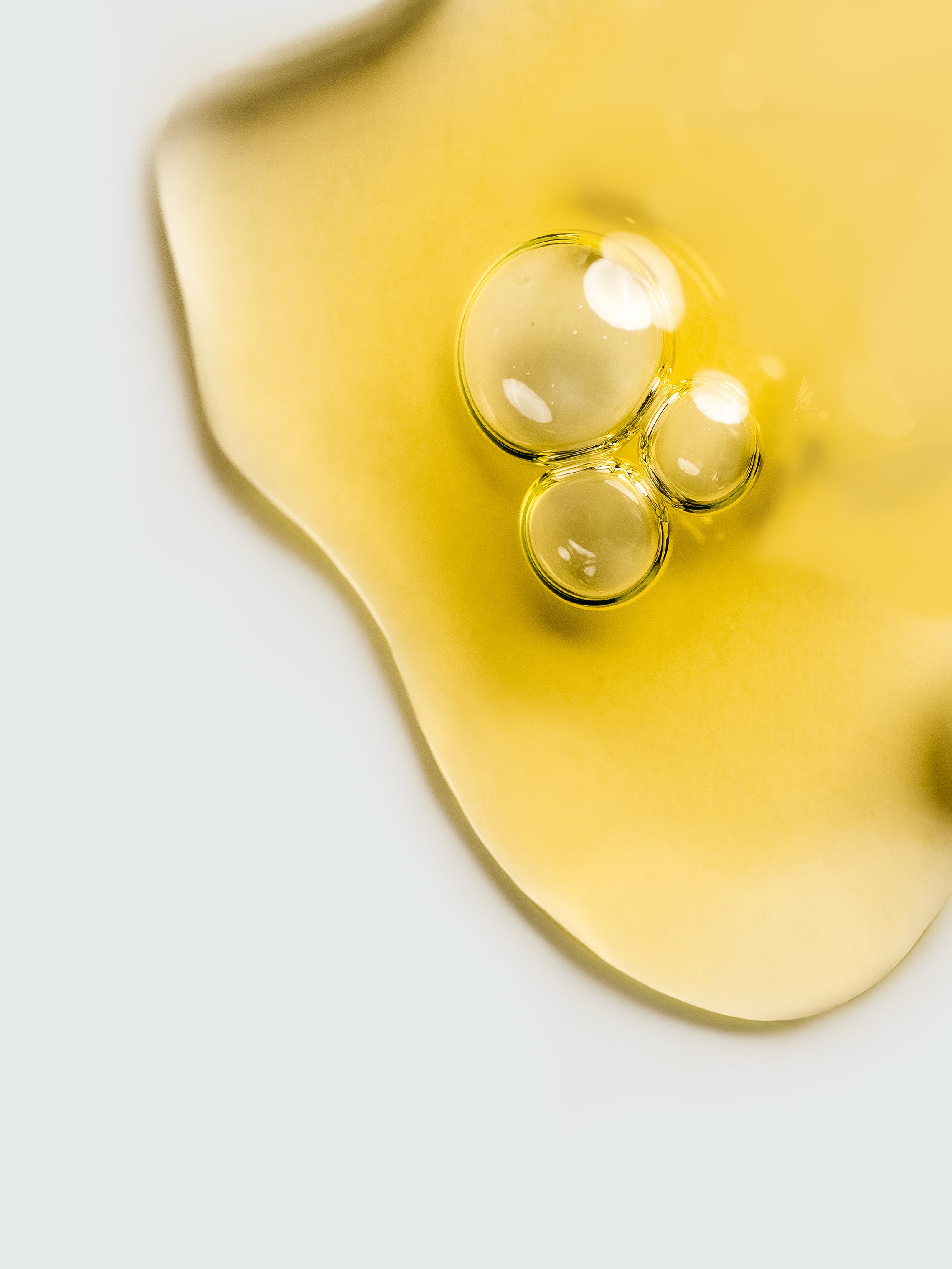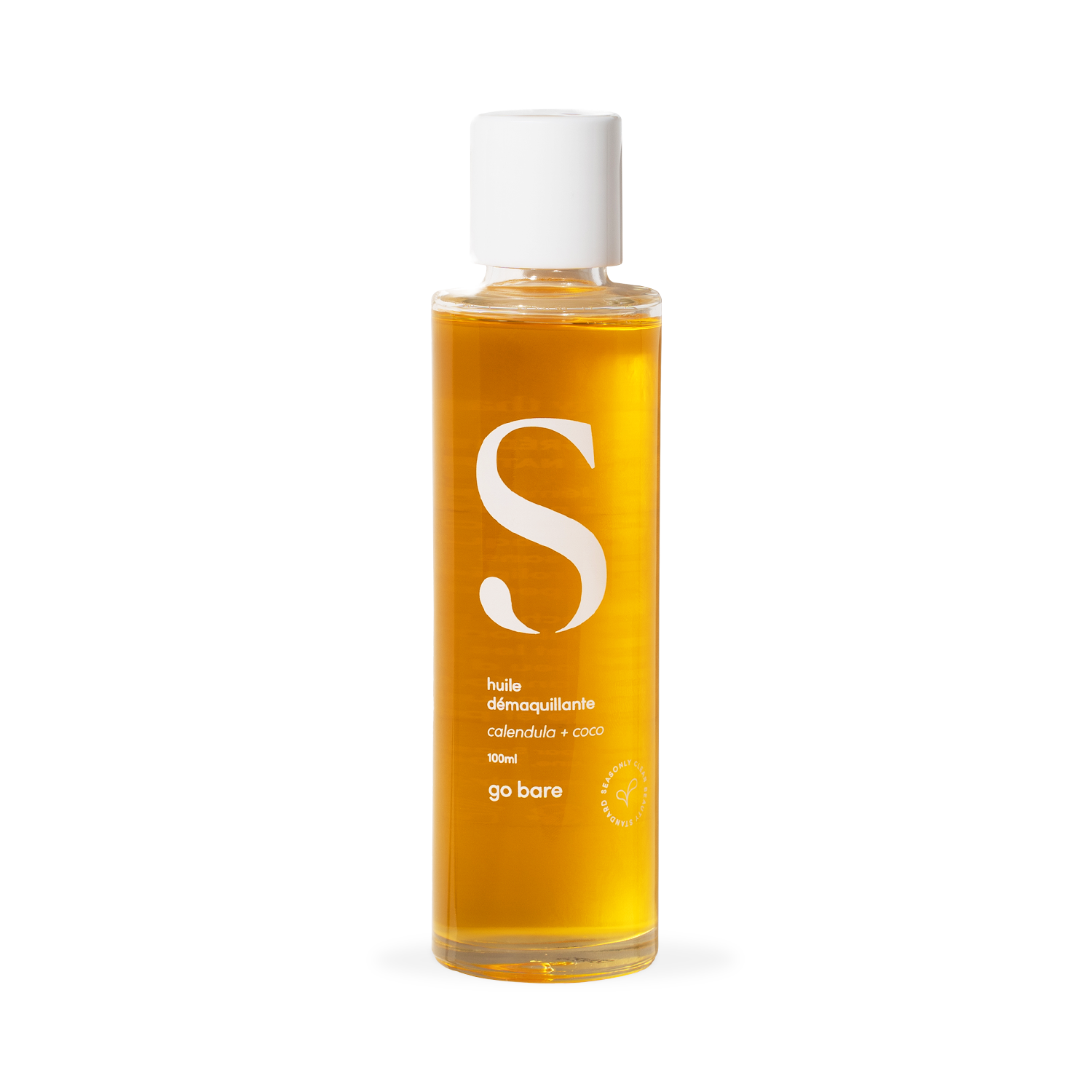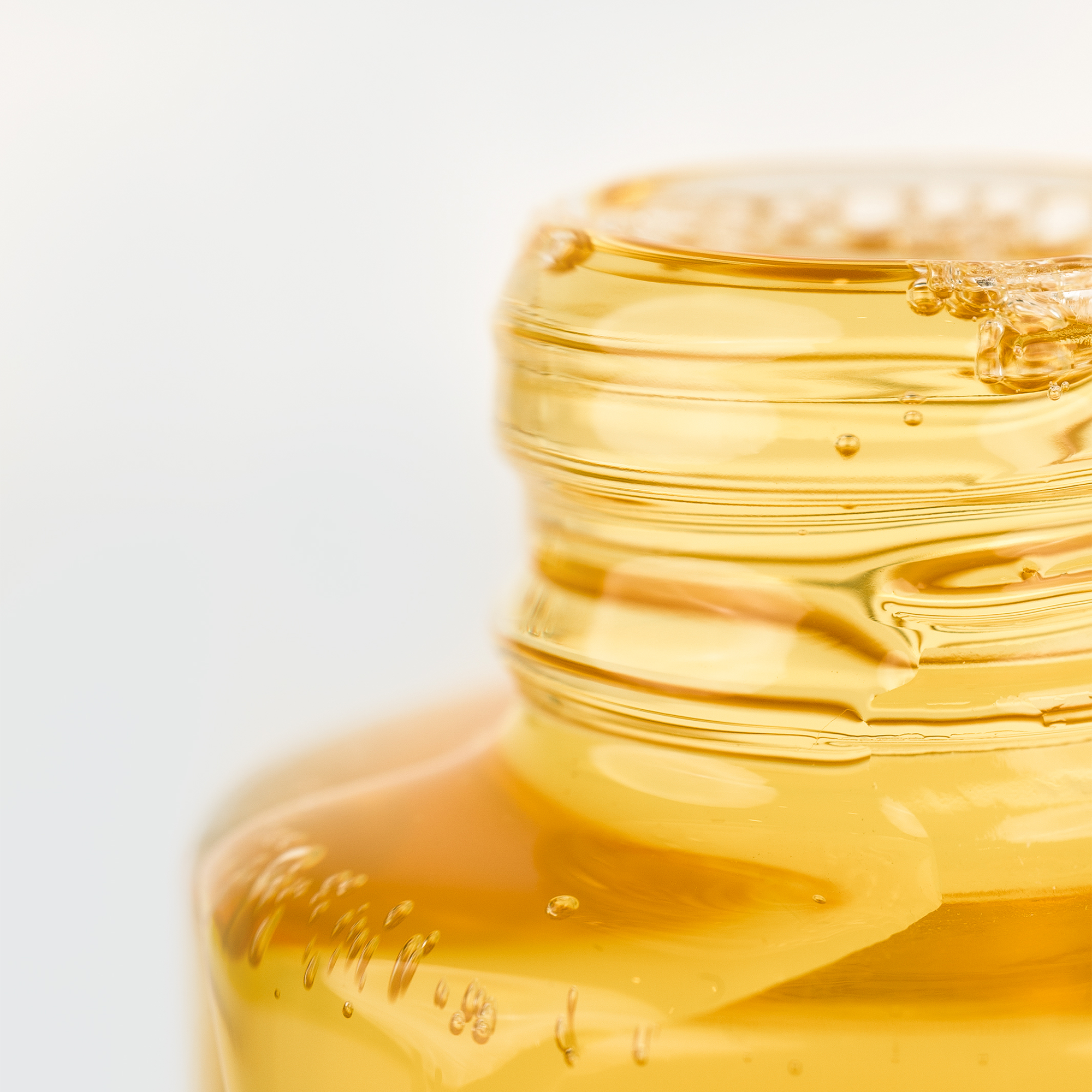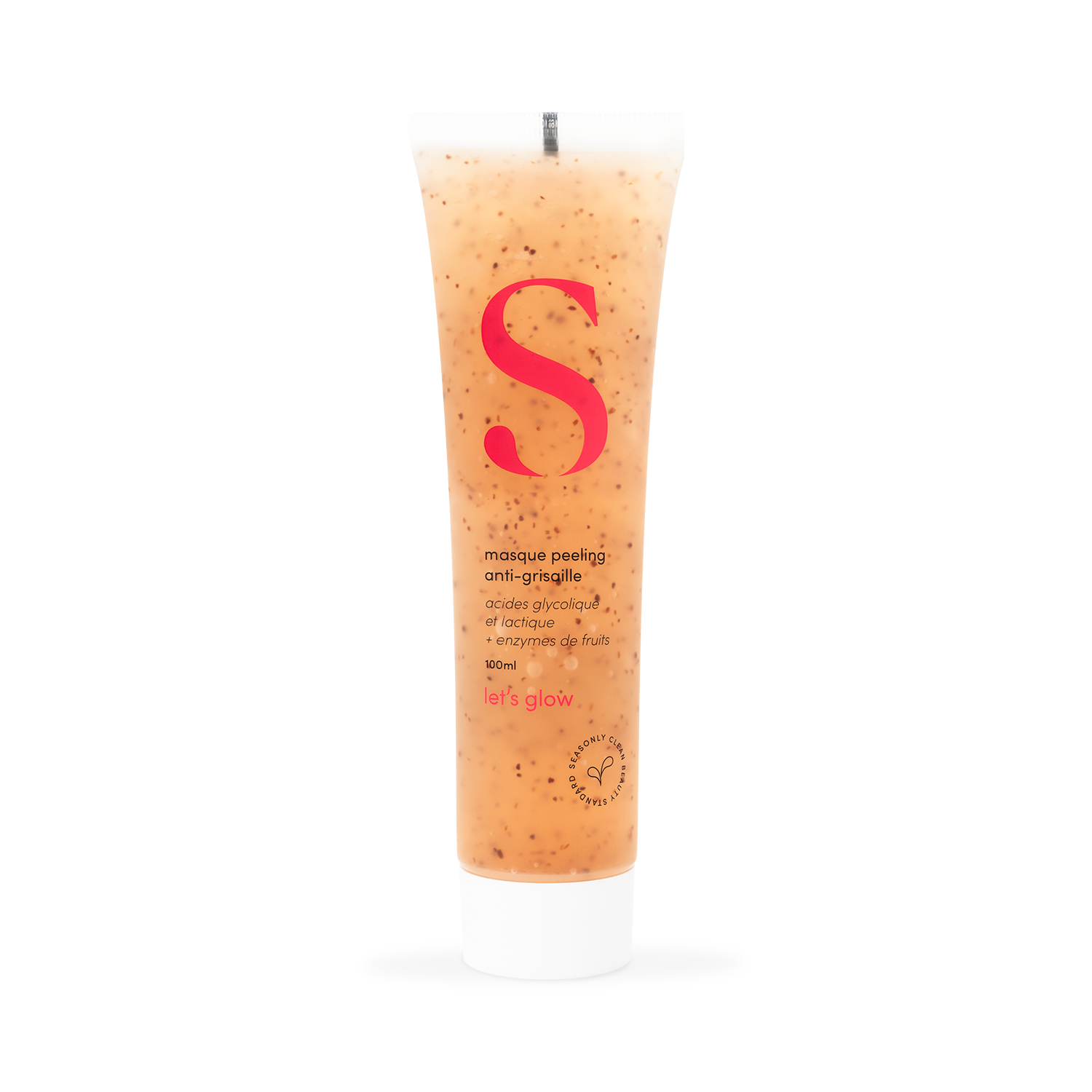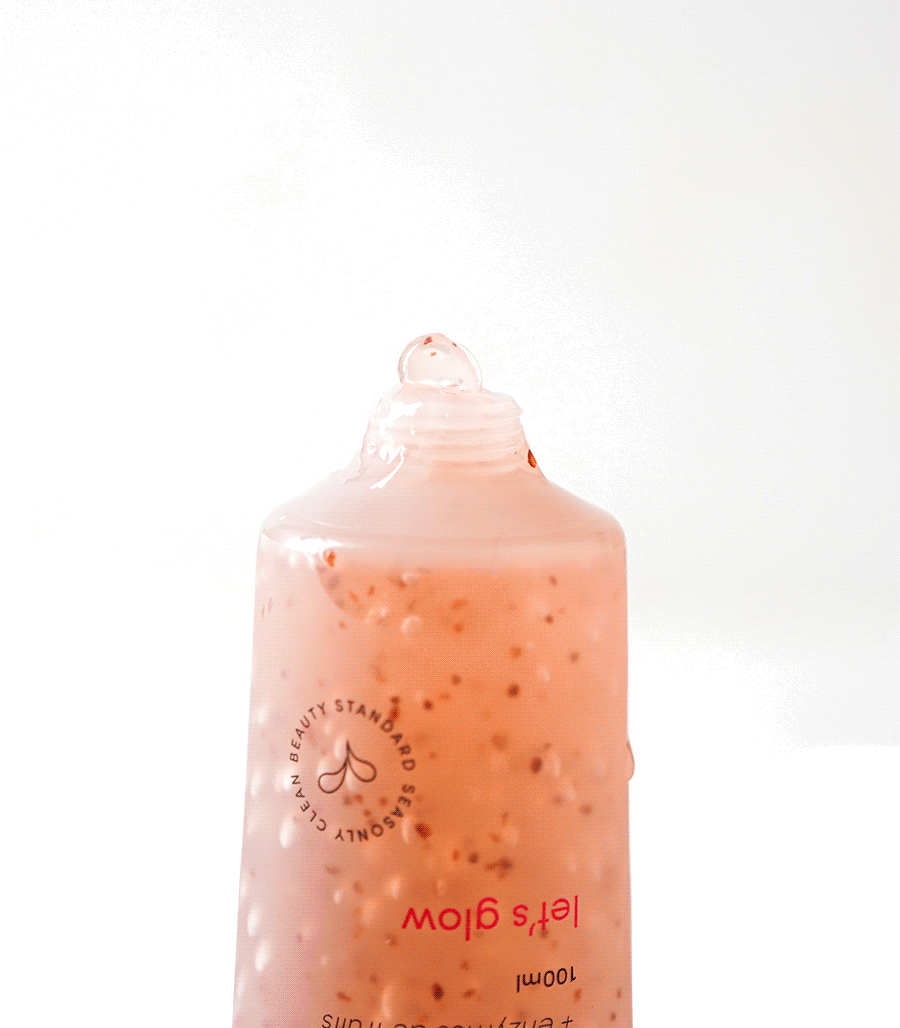Ask Seasonly: how often should you exfoliate your skin?
Advice on your routine, self-massage tips, questions about active ingredients... Discover our new format: each week we select one of your questions to answer in an article. To ask your question, go HERE . Stay tuned every Sunday to get your answer! We start this week with Megda's question: how often should you exfoliate your skin?
Exfoliation is an essential step in your skincare routine. It helps rid the skin of dead cells and impurities for smoother, more radiant skin ready to effectively absorb the active ingredients of other care products. But do you really know which exfoliating treatment to choose? How often should you do it? How to apply it correctly? Our experts reveal their best advice to you.
Before choosing your exfoliating treatment, you must understand your skin type
Before starting any facial exfoliation, it is imperative to understand your skin type. This is because sensitive skin may require gentler exfoliants, while oily skin may benefit from more frequent exfoliation.
If you have thin skin, which tends to mark or red easily and you regularly experience feelings of tightness, it is possible that your skin is already in a state of chronic sensitivity. In this case, it is better to look for a gentle exfoliant, based on PHA or fruit enzymes for example. Conversely, if you have rather "thick" skin, you tend to have excess sebum and your skin does not present any particular sensitivities, then you can opt for a more concentrated exfoliant, based on AHA for example. example.
Mechanical or chemical exfoliant?
There are two types of skin exfoliants. Exfoliants can be mechanical (they contain grains) or chemical (based on enzymes or acids). To avoid damaging your skin and to protect the most sensitive, we advise you to always choose a chemical exfoliant. Mechanical exfoliants - otherwise called scrubs - are far too abrasive for the skin and can create micro-lesions on the surface of the epidermis.
We therefore recommend, for example, the new skin mask , formulated with 99% ingredients of natural origin with pomegranate and passion fruit enzymes, allows you to gently exfoliate the skin to boost cell renewal and reveal a brighter complexion. Thanks to its gentle formulation, it is perfect for the most sensitive skin.
The anti-grey peeling mask is enriched with lactic acid, glycolic acid (AHA) and fruit enzymes (lemon, orange, pineapple and pomegranate). It helps even out the complexion, refine irregular skin texture and reveal radiance. It is therefore more suitable for combination to oily skin and mature skin.
Prepare your skin well before exfoliation
Before applying the exfoliator, cleanse your face to remove any traces of makeup, oils and impurities accumulated during the day. To do this, favor double cleansing: the cleansing oil will first eliminate surface impurities and fatty substances (excess sebum, pollution, sun filters, makeup) and the application of a cleansing jelly will then allow to cleanse the skin in depth to purify it.
How often should you exfoliate your skin?
Exfoliation does not have to be daily. Once or twice a week is usually enough, depending on your skin type. Excessive exfoliation can cause irritation and redness.
Also pay attention to the other assets you use; for example, if you have retinol in your routine, it is already an active ingredient that enormously stimulates cell regeneration. You will therefore need to space out as much as possible the times of the week when you use retinol and those when you want to use exfoliating acids.
And don't worry if you don't have the habit of exfoliating your skin 1 to 2 times a week, it doesn't matter. The most important thing is to feel how your skin is; If your skin texture is irregular, your complexion is dull and you see pigment spots appearing then it is the right time to exfoliate your skin. You can also favor these moments in treatment during seasonal changes, for example, to help the skin regenerate during these transitions.
And most importantly: you can vary the exfoliants! But whether it's a serum, mask or lotion, it's best to avoid using them every day. However, some products are less concentrated and more suitable for daily use, such as lotions for example. You can then try incorporating one into your routine more frequently and see how your skin reacts!
Moisturize and protect your skin well after exfoliation
After exfoliating your skin, remember to provide it with the hydration and protection necessary to maintain its natural balance. Therefore, it is recommended to opt for moisturizing products rich in soothing and nourishing ingredients. Moisturizing serums, like the Anti-Thirst Serum, firstly restore hydration and maintain a good water level. Then, seal in that hydration with a rich moisturizer for dry skin or a fluid cream for combination to oily skin. This will create a protective barrier against external aggression. Finally, don't forget to apply sunscreen appropriate for your skin type to prevent damage caused by UV rays.






